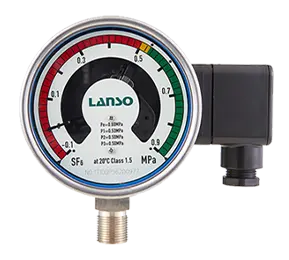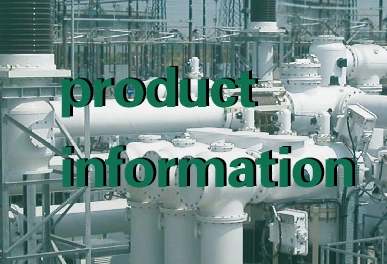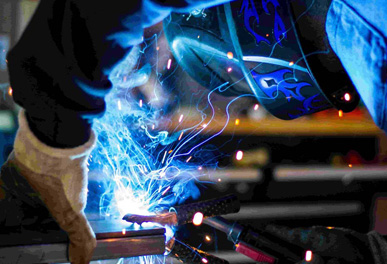Introduction to SF6 Relay
The SF6 relay is a device used to measure the density of sulfur hexafluoride (SF6) gas. SF6 gas is sealed within a fixed-volume container, and at a rated pressure of 20°C, it has a specific density value. Although the pressure of SF6 gas varies with temperature fluctuations, its density remains constant within the allowable operational conditions of the circuit breaker. Due to its excellent insulating properties and arc-extinguishing ability, SF6 gas is widely used in electrical power systems.
Importance of SF6 Relay
The core function of the SF6 relay is to continuously monitor the density of SF6 gas and trigger alarms or lockout actions when necessary, effectively preventing equipment failures caused by insufficient gas density. In emergency situations, it limits the operation of equipment, significantly reducing the risk of accidents, and serves as an indispensable safety component in power systems.
Lockout Function of SF6 Relay
The lockout function is one of the core features of the SF6 relay. When the relay detects a drop in SF6 gas density to a preset lockout threshold, it immediately triggers a system lockout. This action effectively prevents the execution of switch-on/off operations, thus preventing the risks of equipment failure caused by insufficient gas density. The lockout function ensures the safety and stability of system operations, providing a reliable safeguard for both equipment and personnel safety.
Alarm Function of SF6 Relay
The SF6 relay also has an alarm function. When the gas density reaches a preset alarm threshold, the relay automatically triggers the alarm system. This helps to promptly detect and address any issues, preventing unnecessary losses caused by faults.
Principle Behind the Lockout and Alarm Functions of SF6 Relay
The lockout and alarm functions of the SF6 relay are both based on the detection of density changes. By continuously monitoring the density changes of SF6 gas in the system, the relay can assess the operating condition of the system in real time. When the density changes reach the preset thresholds, the relay can automatically trigger the lockout or alarm functions.
Considerations for Selecting and Applying SF6 Relay
When selecting an SF6 relay, it is important to consider multiple factors, such as its accuracy, stability, sealing capability, and system compatibility. Additionally, proper installation and regular calibration are essential to ensure the relay's long-term stable operation.
In power systems, the SF6 relay is a key component of the safety protection system. It continuously monitors the system's gas density, ensuring the safety of both equipment and personnel. With its lockout and alarm functions, it provides timely warnings and controls the scope of potential accidents. Therefore, the selection and application of this relay should be given high priority in the procurement and maintenance of electrical equipment.







